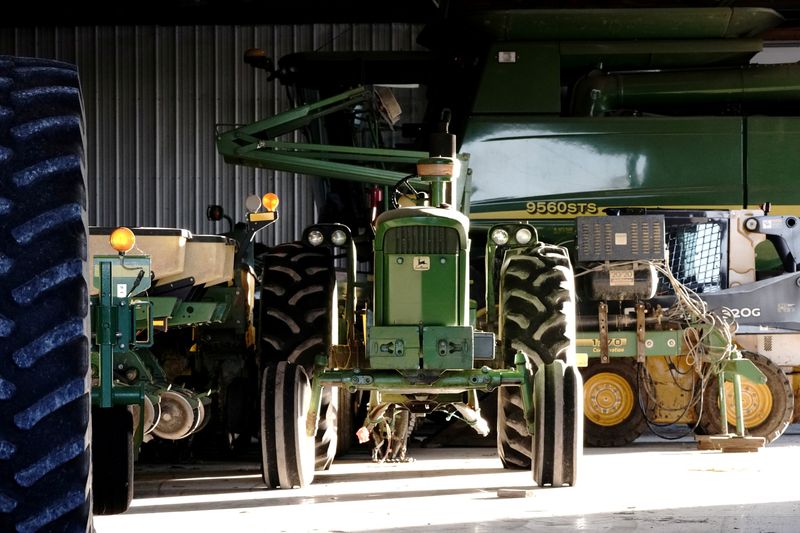By Lucia Mutikani
WASHINGTON (Reuters) - The U.S. economy contracted at its sharpest pace since World War Two in 2020 as COVID-19 ravaged services businesses like restaurants and airlines, throwing millions of Americans out of work and into poverty.
The Commerce Department's snapshot of fourth-quarter gross domestic product on Thursday also showed the recovery from the pandemic losing steam as the year wound down amid a resurgence in coronavirus infections and exhaustion of nearly $3 trillion in relief money from the government.
The Federal Reserve on Wednesday left its benchmark overnight interest rate near zero and pledged to continue injecting money into the economy through bond purchases, noting that "the pace of the recovery in economic activity and employment has moderated in recent months."
President Joe Biden has unveiled a recovery plan worth $1.9 trillion, and could use the GDP report to lean on some lawmakers who have balked at the price tag soon after the government provided nearly $900 billion in additional stimulus at the end of December.
The economy contracted 3.5% in 2020, the worst performance since 1946. That followed 2.2% growth in 2019 and was the first annual decline in GDP since the 2007-09 Great Recession. The economy plunged into recession last February
In the fourth quarter, GDP increased at a 4.0% annualized rate as the virus and lack of another spending package curtailed consumer spending, and partially overshadowed robust manufacturing and the housing market. GDP growth for the last quarter was in line with forecasts in a Reuters poll of economists.
The big step-back after a historic 33.4% growth pace in the July-September period left GDP well below its level at the end of 2019. With the virus not yet under control, economists are expecting growth to further slow down in the first quarter of 2021, before regaining speed by summer as the additional stimulus kicks in and more Americans get vaccinated.
The services sector has borne the brunt of the coronavirus recession, disproportionately impacting lower-wage earners, who tend to be women and minorities. That has led to a so-called K-shaped recovery, where better-paid workers are doing well while lower-paid workers are losing out.
The stars of the recovery have been the housing market and manufacturing as those who are still employed seek larger homes away from city centers, and buy electronics for home offices and schooling. Manufacturing's share of GDP has increased to 11.9% from 11.6% at the end of 2019.
A survey last week by professors at the University of Chicago and the University of Notre Dame showed poverty increased by 2.4 percentage points to 11.8% in the second half of 2020, boosting the ranks of the poor by 8.1 million people.

Rising poverty was underscored by persistent labor market weakness. In a separate report on Thursday, the Labor Department said 847,000 more people filed new claims for state unemployment benefits last week. The economy shed jobs in December for the first time in eight months. Only 12.4 million of the 22.2 million jobs lost in March and April have been recovered.